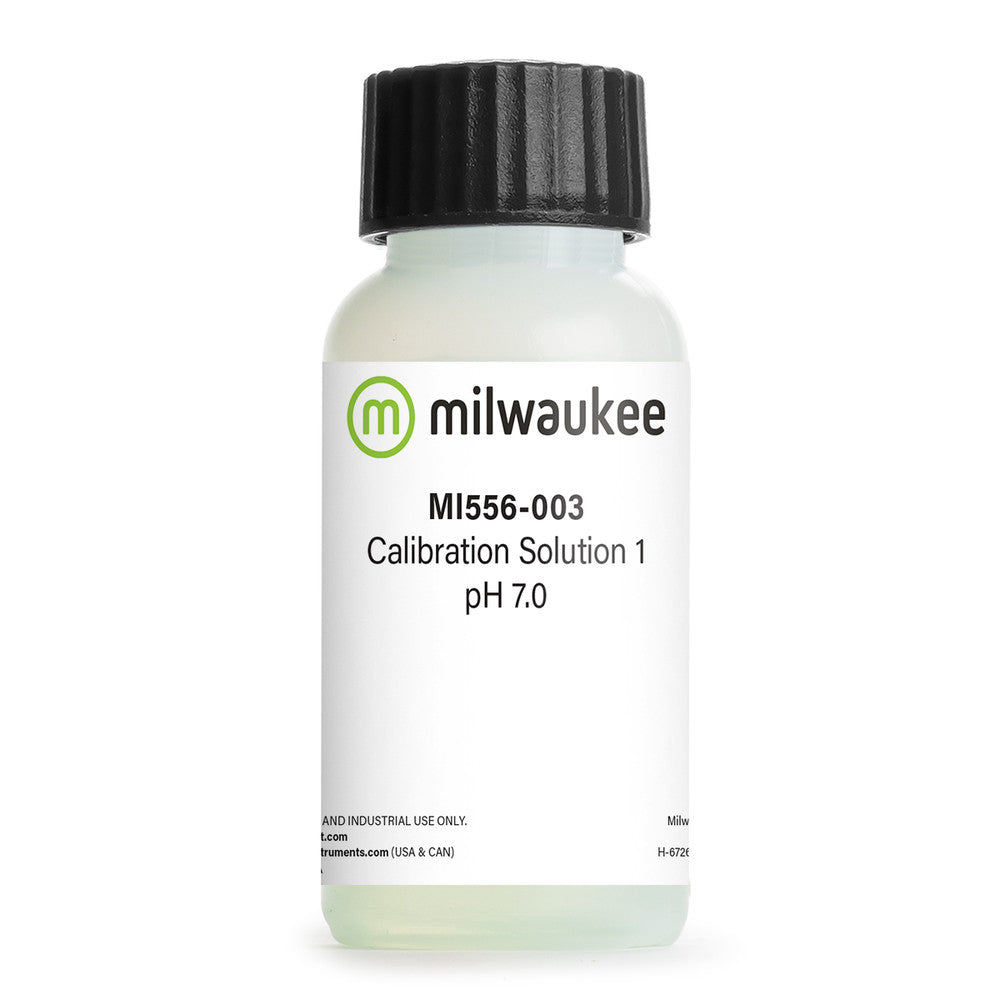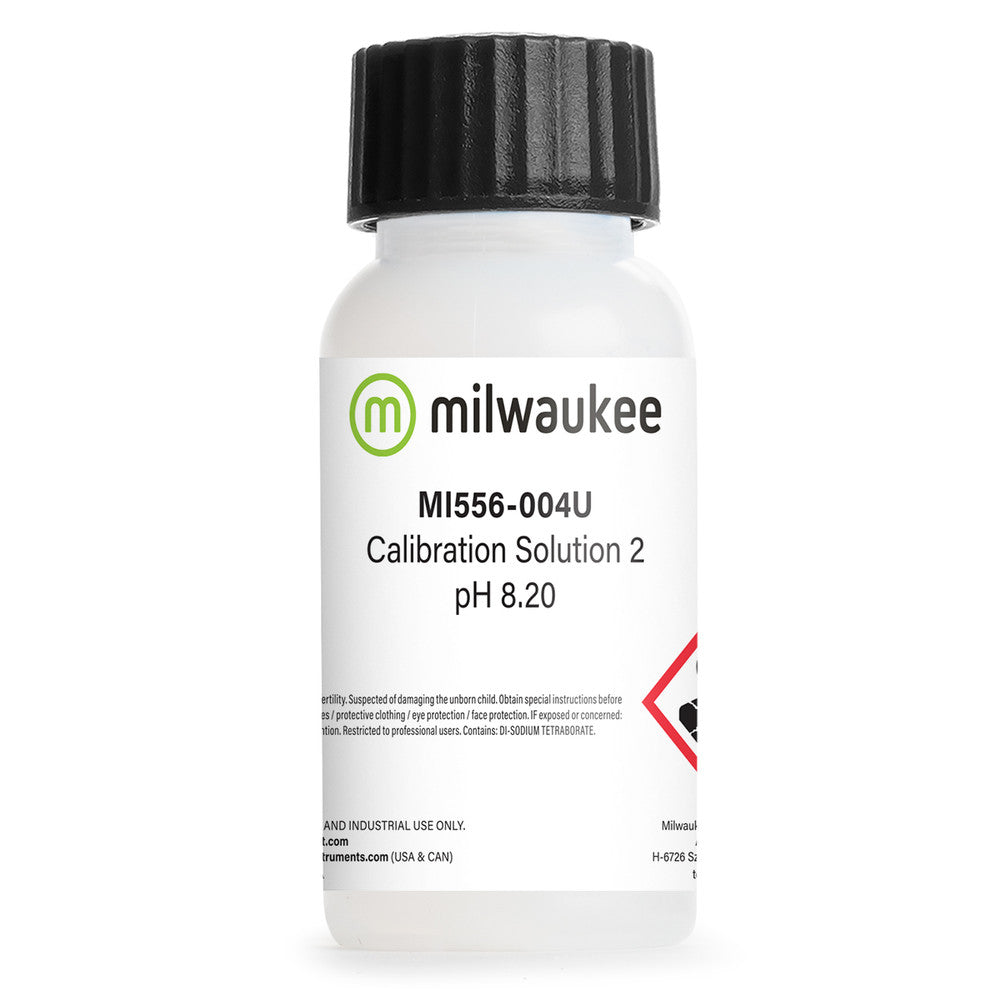Categories
- Shop All (5893)
-
-
- Hi-Vis Chainsaw Safety (14)
- Hi-Vis Coveralls and Overalls (28)
- Hi-Vis Hoodies and Shirts (45)
- Hi-Vis Jackets (39)
- Hi-Vis Pants (22)
- Hi-Vis Rain Wear (48)
- Hi-Vis Vests (54)
- Winter Hi-Vis Bombers and Parkas (25)
- Winter Hi-Vis Coveralls and Overalls (23)
- Winter Hi-Vis Hoodies (4)
- Winter Hi-Vis Pants (4)
- Winter Hi-Vis Vests (6)
-
- Bib Overalls (11)
- Bombers and Parkas (17)
- Coveralls and Overalls (17)
- Disposable Garments (11)
- Flannel and Plaid Work Shirts (22)
- Heated Work Wear (5)
- Hoodies and Sweaters (12)
- Industrial Rainwear (48)
- Pants and Shorts (70)
- Shirts and Sweaters (34)
- Thermal Underwear (44)
- Vests (18)
- Work Jackets (74)
-
-
-
-
- Brooms (0)
- Dust Mops (0)
- Dust Pans and Brushes (0)
- Flow Thru Tools (2)
- Microfiber Mops (0)
- Pool and Tank Tools (2)
- Scrubbers and Scrapers (1)
- Soap and Sanitizer Dispensers (0)
- Sprayers (3)
- Squeegees (1)
- Toilet Brushes and Plungers (1)
- Trash Cans & Bags (8)
- Wet Floor Signs (0)
- Wet Mops and Buckets (2)
-
- Bars and Prying Tools (22)
- Bolt Cutters and Shears (16)
- Chisels and Punches (12)
- Combination Hand Tool Sets (12)
- Extractors (12)
- Files (6)
- Gear Pullers (14)
- Hammers and Mallets (15)
- Hand Saws (22)
- Hex Keys (10)
- Layout and Distance Lasers (1)
- Marking Tools (1)
- Measuring Tools (24)
- Pliers (46)
- Precision Measuring and Testing Tools (24)
- Propane Torches (8)
- Screwdrivers and Nutdrivers (23)
- Sockets (60)
- Tap and Die Sets (4)
- Tool Boxes (27)
- Utility Knives (17)
- VDE Tools (7)
- Wire Cutters and Strippers (14)
- Wrenches (21)
-
- Beveling and Deburring (17)
- Curb and Valve Keys (17)
- Drilling and Tapping (11)
- Extended Impact Sockets (3)
- Flaring and Rerounding (7)
- General Pipe Working Tools (23)
- Guillotine Pipe Cutters (2)
- Hydrostatic Test Pumps (8)
- Internal Pipe Cutters (6)
- PE Peelers (8)
- Pipe Reamers (4)
- Pipe Threading (15)
- Pipe Wrenches (20)
- Plastic Pipe Joint Kits (4)
- Plastic Pipe Saws (5)
- Power Drive (6)
- Quick Release Cutters (15)
- Ratchet Shears (6)
- Ratcheting Wrenches (12)
- Rotary Cutters (3)
- Shut Off Tools (9)
- Soldering Torches (3)
- Vises (7)
-
- Angle Grinders (6)
- Batteries and Chargers (18)
- Bench Grinders (8)
- Circular Saws (3)
- Combo Tool Kits (10)
- Cordless Fans (6)
- Cordless Lighting (15)
- Cut Off Saws (4)
- Drills and Drivers (8)
- Grease Guns (3)
- Impact Drivers (5)
- Jobsite Radios and Speakers (9)
- Lifestyle (7)
- Mitre Saws (2)
- Reciprocating Saws (4)
-
- Angle Grinder Wheels and Brushes (23)
- Bench Grinder Wheels (7)
- Circular Saw Blades (11)
- Drill and Driver Bits (27)
- High Speed Gas Saw Blades (3)
- Holesaws (11)
- Impact Sockets (25)
- Jig Saw Blades (2)
- Oscillating Multi Tool Blades (1)
- Portable Chop Saw Blades (4)
- Power Tool Storage (5)
- Reciprocating Saw Blades (8)
-
-
-
-
- Air Fresheners (2)
- All Purpose Cleaners (19)
- Bowl and Washroom (8)
- Coffee and Breakroom (21)
- Degreasers (3)
- Dishwashing (4)
- Disinfectants and Sanitizers (1)
- Drain Openers (7)
- Hand Cleaners (11)
- Laundry Cleaners (10)
- Paper Products and Wiper Rags (24)
- Scale Removers (2)
- Urinal Pucks and Liquids (5)
- Wet Wipes (4)
-
-
- Ball Valves (13)
- Black and Galvanized Steel Fittings (16)
- Bronze Pipe Fittings and Nipples (16)
- Butterfly Valves (4)
- Check Valves (18)
- Flexible Connectors (4)
- Gate and Globe Valves (6)
- Knife Gate Valves (9)
- Pipe Fitting Accessories (5)
- Schedule 80 PVC Fittings (32)
- Stainless Steel Fittings and Valves (40)
- Victaulic Grooved Fittings (22)

Water Testing Supplies
98 products
Showing 97 - 98 of 98 products


Water Testing Supplies: What You Need to Know
Water testing is essential in fields like environmental science, industry, and lab research to ensure water quality and safety. Accurate results depend on using the right testing supplies, including pure water, compatible electrodes, and properly stored reagents. Key factors to consider when selecting supplies include water purity, electrode compatibility, storage conditions, and testing environment—especially if testing outside a lab. Tools like buffer solutions, reagent tubes, and powder dispensers play specific roles in stabilizing and simplifying the process. Choosing appropriate supplies helps achieve reliable, consistent results and upholds public health and safety standards.
Types of Water Testing Supplies
Buffer Solutions
Buffer solutions are crucial in water testing for stabilizing pH levels during chemical reactions and calibrating pH meters to ensure accurate readings. Common types include phosphate, acetate, and borate buffers. They are prepared using high-purity reagents like potassium chloride or sodium acetate in CO₂-free water and are essential for maintaining consistent conditions in analytical procedures.
Electrode Solutions
Electrode solutions are specialized liquids essential for maintaining pH and ion-selective electrodes by preventing dehydration, contamination, and ensuring proper ionic conductivity. Common types include potassium chloride (KCl) for Ag/AgCl electrodes and other tailored solutions for non-aqueous media. Using a solution compatible with the electrode type and sample medium is critical for accurate, stable readings and prolonged sensor life.
Liquid Reagents
Liquid reagents are pre-mixed chemicals used to quickly test water composition, including chlorine levels, hardness, and alkalinity. They are easy to use, widely available, and suitable for both lab and field testing. However, they must be handled with care due to their potentially corrosive or reactive nature.
Powder Dispenser Systems
Powder dispenser systems automate the addition of powdered reagents to water samples, improving accuracy, reducing chemical exposure, and minimizing contamination risk. They offer enhanced precision and time efficiency, making them especially useful for repetitive testing and work in variable field conditions.
Powder Reagents
Powder reagents are pre-measured dry chemicals packaged for single-use, designed for easy mixing into water samples to measure specific parameters like nitrate or phosphate. They offer a long shelf life, minimal mess, and simple application—just add to the sample and observe the reaction. Their portability makes them ideal for remote testing where liquid reagents are less practical.
Reagent Sets
Reagent sets conveniently bundle all necessary chemicals and instructions for specific tests, such as ammonia, nitrite, or iron, simplifying multi-step procedures. Ideal for both beginners and experienced users, they reduce errors by ensuring the correct components are provided for accurate testing.
Reagent Tubes
Reagent tubes are pre-filled with precise chemical amounts for specific water tests, such as chlorine, pH, and alkalinity, requiring only the addition of a water sample for a visual result. They are user-friendly, eliminating the need for mixing or measuring, and are ideal for quick, portable, on-site testing where time and equipment are limited.
Standard Solutions
Standard solutions are calibration references with known concentrations of specific substances, used to ensure accuracy and consistency in analytical testing. They calibrate instruments like pH meters and conductivity sensors and are prepared using high-purity reagents in carbon dioxide-free water. Traceable to recognized standards, they serve as benchmarks to verify measurement accuracy and maintain data integrity.
Tablet Reagents
Tablet reagents are solid chemical tablets that dissolve in water to perform tests such as chlorine, pH, and iron analysis. They offer advantages like easy storage, consistent dosing, and suitability for field use, making them ideal for portable test kits due to their compact size and user-friendly nature.
Explore Water Testing Supplies at Our Canadian Warehouse
-
Lovibond pH 10.01 Buffer Solution
-
Lovibond pH 10.01 Buffer Solution offer precise, reliable calibration for all types of pH meters, supporting both automatic and manual adjustments. Made with NIST-traceable reference materials, they ensure high accuracy. The innovative twin-neck dosing bottle doubles as a measuring cup or calibration vessel, maintaining solution freshness and preventing contamination. Easy-to-identify color coding and universal compatibility make these buffers ideal for laboratory and field use.
-
Lovibond pH Buffer Solution Set
-
The Lovibond pH Buffer Solution Set is made with NIST-traceable standard reference materials, which ensure accurate and reliable calibration. Each buffer solution (pH 4.01, 7.00, and 10.01) comes in a practical, wide-neck 90 ml bottle that doubles as a calibration vessel and is easy to refill. Color-coded for quick identification—red, yellow, and blue—they offer long shelf life, contamination prevention, and certified quality, making them ideal for laboratory and field use.
-
Lovibond pH Buffer Tablets
-
Lovibond pH Buffer Tablets offer a convenient and eco-friendly way to prepare fresh pH calibration solutions. Each tablet dissolves in 20 ml of de-ionized water within 90 seconds, producing a color-indicated solution for accurate calibration. Packaged in durable aluminum blister packs, the tablets boast a long shelf life and resist various environmental conditions, making them ideal for both laboratory and field use.
FAQs
1. Why is using a buffer solution more effective than using plain water for pH meter calibration?
Buffer solutions are specifically formulated with known and stable pH values, which makes them far more accurate for calibrating pH meters compared to plain water. Water lacks buffering capacity and can fluctuate in pH due to CO₂ absorption, leading to unreliable calibration. Using a buffer ensures your pH readings are traceable, consistent, and scientifically valid.
2. What makes phosphate, acetate, and borate buffers ideal for different pH ranges?
These buffer types are chosen based on their effective pH ranges: phosphate buffers suit near-neutral applications (pH 6-8), acetate buffers work well in acidic environments (pH 4-6), and borate buffers are optimal for alkaline conditions (pH 8-10). Selecting the right type ensures maximum buffering capacity and stability during testing or reactions.
3. How do electrode storage solutions differ from buffer solutions, and why can’t they be used interchangeably?
Electrode storage solutions, typically potassium chloride-based, are designed to keep the electrode hydrated and prevent contamination or junction clogging, whereas buffer solutions stabilize pH during calibration. Using a buffer as a storage solution can damage electrodes over time due to chemical incompatibility or precipitation, shortening sensor lifespan.
4. What are the advantages of using tablet reagents over liquid or powder forms for field testing?
Tablet reagents are pre-measured, sealed for durability, and dissolve quickly in water, making them ideal for portable use. Unlike liquids, they won’t spill, and unlike powders, they don't require scooping or careful handling. Their long shelf life and weather resistance make them especially valuable for outdoor and remote sampling environments.
5. How do powder dispenser systems help reduce human error in chemical dosing?
Powder dispenser systems automate the precise measurement and delivery of powdered reagents, reducing the need for manual handling. This eliminates variability caused by inconsistent scooping or spillage, ensuring every sample receives an accurate, repeatable amount of chemical, crucial for test reliability and lab efficiency.
















